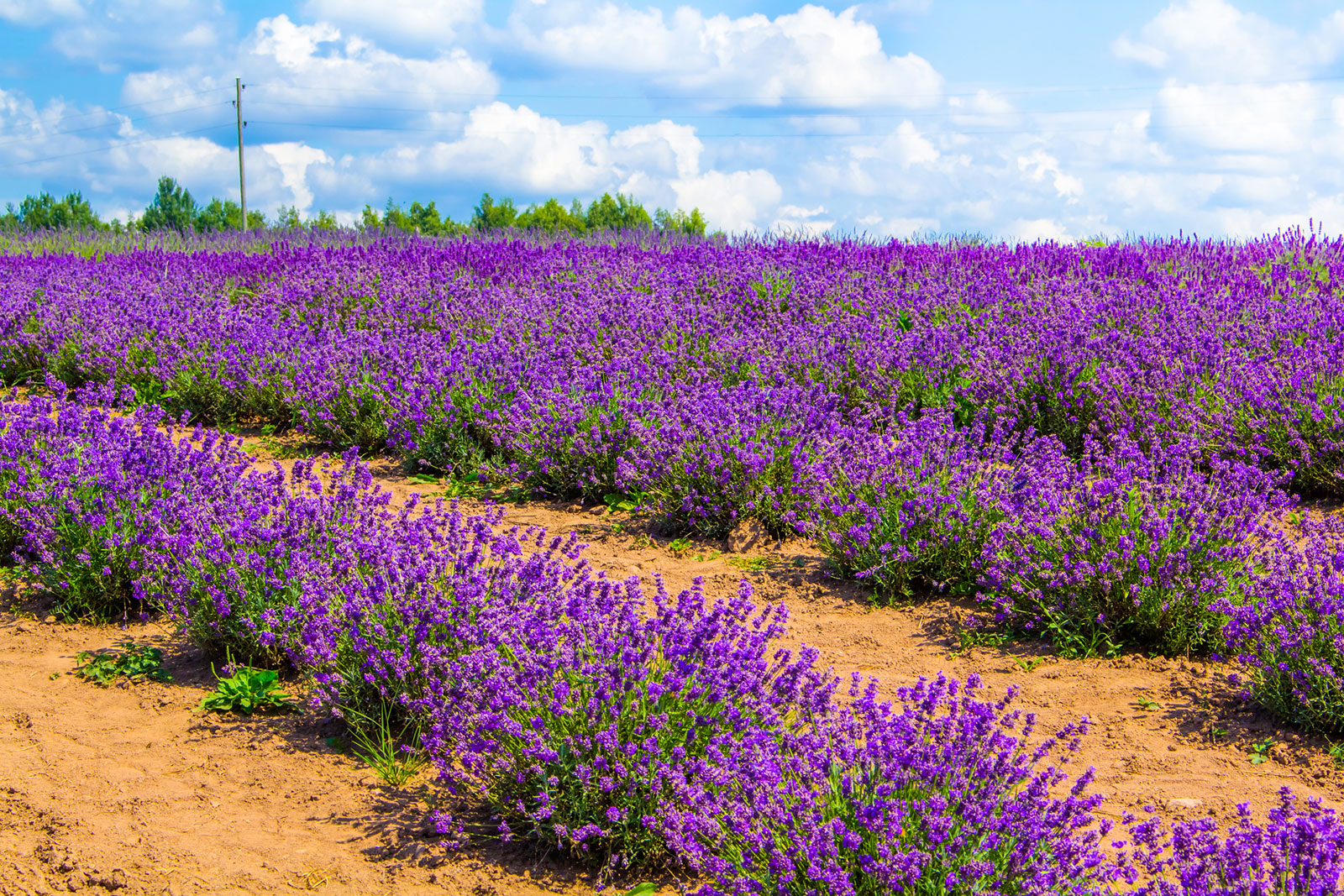Okay, so, you want to know about what grows well in sandy soil? I’ve been messing around with gardening for a while now, and I’ve had my fair share of experiences with different soil types. Let me tell you, sandy soil can be a bit of a challenge, but it’s totally doable with the right plants.
Getting Started
First off, I had to figure out what kind of soil I was dealing with. Turns out, it was pretty sandy – you know, the kind that slips right through your fingers. It’s often called “light soil” because it’s, well, light and doesn’t hold water well. I did a little digging (pun intended!) and found out that sandy soil is usually made up of about 35% sand and less than 15% silt and clay. Mostly, it’s just tiny bits of rock, which is why it feels gritty.
Prepping the Soil
Now, sandy soil is a breeze to work with. Seriously, it’s so much easier to till and get ready for planting compared to that heavy clay stuff. So, I got to work creating my planting beds, and it didn’t take nearly as long as I thought it would. That’s a win in my book! I added some compost to help it hold onto water and nutrients a bit better. I mean, you gotta give those plants a fighting chance, right?

Choosing the Right Plants
After some research and a bit of trial and error, I found some plants that really seem to like sandy soil.
- Root veggies are a great choice. I planted carrots, radishes, and even some beets. They did surprisingly well! I guess the loose soil makes it easy for them to grow nice and long.
- For herbs, I went with rosemary, thyme, and sage. They’re pretty hardy and don’t need a ton of water, so they’re perfect for sandy conditions. Plus, they smell amazing!
- I also tried some garlic, onions, zucchini, and asparagus. They held their own, which was a pleasant surprise.
- I even threw in some strawberries and tomatoes just to see what would happen. They actually produced fruit! It wasn’t a huge harvest, but hey, I’ll take it.
- I’ve heard that some types of lettuce and collards can do okay in sandy soil, but I haven’t tried them myself yet. Maybe next season.
My Observations
One thing I noticed is that you have to water more often with sandy soil. It just doesn’t hold onto moisture like other soil types. But, on the plus side, it warms up quickly in the spring, so you can get a head start on planting. And because it’s so easy to work with, planting and transplanting is a cinch.
Wrapping Up
So, there you have it – my little adventure with sandy soil gardening. It’s not without its challenges, but it’s definitely rewarding. If you’ve got sandy soil, don’t despair! With a little know-how and the right plants, you can have a thriving garden. Just remember to keep an eye on the watering, and you’ll be golden. Happy gardening, folks!















